This past Sunday, Jacob Blake became the latest victim of state-sanctioned violence against Black Americans when he was shot seven times in the back by a Kenosha, Wis. police officer. While Blake survived the shooting, he is reportedly now paralyzed. Subsequent demonstrations in Kenosha have joined what could be the largest protest movement in U.S. history, spurred by the killing of George Floyd in May.
From those national protests, “defund the police” quickly emerged as a rallying cry for Americans demanding systemic reform. And those demands have generated substantive policy change. Both Democrats and Republicans have offered federal legislation on police reform, and across the nation, local municipal leaders are cutting bloated police budgets.
Recognizing these small steps forward, NAACP president Derrick Johnson wrote in an June op-ed that after weeks of organized rallies, marches, and sit-ins, “Now is our chance to escalate the energy of the moment and move from protest to power to policy change.” But the shooting of Jacob Blake proves that protesting is not something to be moved away from—instead, if protesting is indeed the catalyst for true structural change, now is the chance to escalate the movement for racial justice.
In spite of several legislative victories, we’ve heard pundits and lawmakers say that voting—not protesting—is the real solution to systemic racism, and that we shouldn’t let slogans like “defund the police” hijack supposed real reforms. The diminution of protesting is nothing new: During his 2008 campaign for president, Barack Obama began using the refrain, “Don’t boo. Vote.” While Obama, a former organizer, is not necessarily deriding the act of protesting, he signals there is a priority. And prioritizing voting over protesting is the not-so-subtle way we devalue marginalized groups. Voting is only one way that people can exercise their power to create policy change—now, as national protests grow and Black athletes boycott their games, we are being shown that there are other ways to influence policy.
“Power concedes nothing without a demand,” Frederick Douglass said. It was demand—through massive, international protests—that spurred the quick arrest of former Minneapolis police officer Derek Chauvin for George Floyd’s murder. It was those ongoing protests that led the Minneapolis City Council to vote to eliminate their police department. And it was protests that prompted international corporations—including Apple, Bank of America, Comcast, Nike, and dozens more—to invest billions in fighting racism and inequality.
By framing voting as the be all, end all form of engagement, we minimize protesting’s power to change policy. We also ignore why people have taken to the streets in the first place: Their voices are not being heard through conventional means. “[Ordinary citizens] have little or no independent influence on policy,” concluded a 2014 study on the influence of elections, confirming previous scholarship showing that only the affluent have significant influence in policymaking.
On the other hand, a 2020 evaluation of the 1960s civil rights demonstrations found that “subordinate minorities” can successfully “[d]rive media coverage, framing, congressional speech, and public opinion” when engaging in nonviolent protest.
Public protests are manifestations of dissent and an expression of the urgent need to change policy. By driving media coverage, catalyzing congressional action, and shifting public opinion, nonviolent protests have been a force behind positive social change. A 2019 study of the 1992 Los Angeles riots found that even violent protests can ultimately prompt less hostile policing policies at the local level, challenging the preponderance of research that shows that civil resistance succeeds despite, not because of, violence. Much of that research described the consequences of negative national attitudes toward protesters, not the protests’ successes at the local policy level.
Even if you believe voting to be the most effective way to produce change, there is still plenty of proof that protests alter voting behaviors, shift the attitudes of marginal voters, and mobilize many previously disengaged voters. In 2010, large Tea Party rallies led to more Republican votes. Eight years later, the March For Our Lives protests were successful in registering and mobilizing many young voters who were instrumental to Democratic victories in the 2018 midterms. By highlighting incumbent political failings, protesting makes an apathetic majority sympathetic to the demonstrators’ cause—particularly at the ballot box.
Protests are inextricably linked to policy. Despite arguments that we should move off the street, the country’s marches, rallies, boycotts, and gatherings in the name of racial justice must continue if we expect substantive, structural change. Tamir Rice, Eric Garner, Michael Brown, Michelle Cusseaux, Gabriella Nevarez, Natasha McKenna, Freddie Gray, Alton Sterling, Philando Castile, Breonna Taylor, George Floyd, Jacob Blake—every Black American is just as vulnerable to police injustice as these people were. Consequently, we stand up and protest not just because it’s the right thing to do; we do so also to protect ourselves with the best tools we have at our disposal.
The Brookings Institution is committed to quality, independence, and impact.
We are supported by a diverse array of funders. In line with our values and policies, each Brookings publication represents the sole views of its author(s).
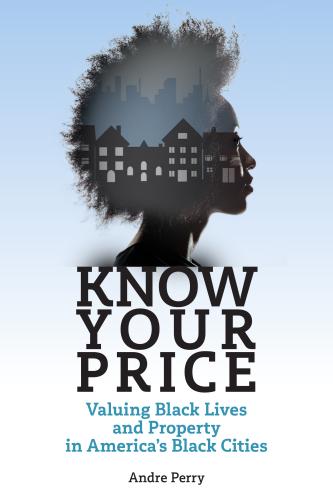
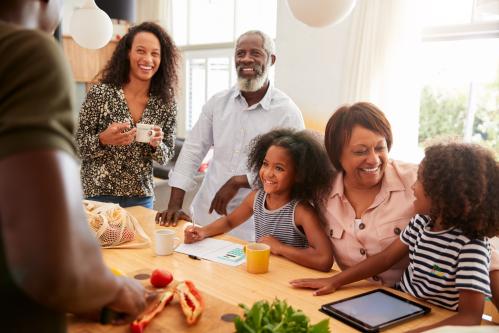
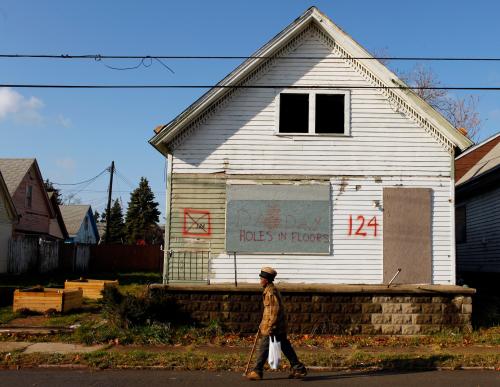
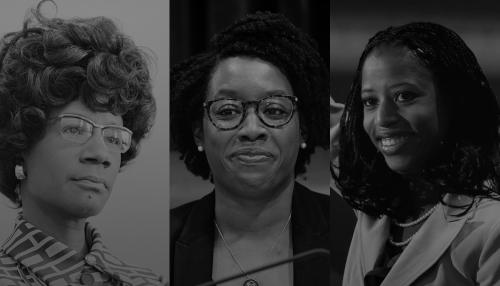
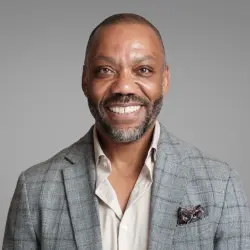




Commentary
Protesting is as important as voting
August 28, 2020